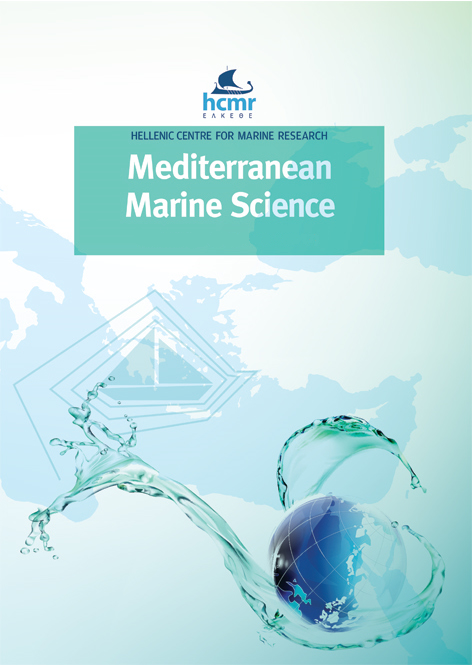Benthic Hydrozoans as Potential Indicators of Water Masses and Anthropogenic Impact in the Sea of Marmara
Abstract
Changes in the abundance and distribution of marine benthic hydrozoan species are indicative of variations in environmental conditions in the marine realm. The comparative analysis of such assemblages can improve our understanding of environmental and ecological conditions in the Sea of Marmara, a strongly stratified and heavily populated inland sea connecting the Aegean and Black seas, on route of national and international maritime traffic. We compared the hydrozoan assemblages occurring in harbours with those developed at natural sites, as well as the assemblages associated with the Black Sea water mass versus the Mediterranean water mass in the vicinities of the Prince Islands, the north-easternmost section of the Sea of Marmara. Sampling took place at 12 stations, once in March 2015 and once in August 2015 in order to cover species with both warm and cold water affinities. Multivariate analyses showed that benthic hydroid assemblages with both affinities differed significantly between the heavily trafficked harbours of the Prince Islands (connected to the metropolis of Istanbul) and areas without human settlements and maritime traffic. In addition, highly distinct hydroid assemblages were found characterizing both areas with water of Mediterranean origin and areas with water from Black Sea origin. Based on our results, we discuss the potential for the use of these organisms as indicators of water masses and anthropogenic impact at the regional level.
Article Details
- Come citare
-
TOPÇU, N. E., MARTELL, L. F., YILMAZ, I. N., & ISINIBILIR, M. (2018). Benthic Hydrozoans as Potential Indicators of Water Masses and Anthropogenic Impact in the Sea of Marmara. Mediterranean Marine Science, 19(2), 273–283. https://doi.org/10.12681/mms.15117
- Fascicolo
- V. 19 N. 2 (2018)
- Sezione
- Research Article
Authors who publish with this journal agree to the following terms:
- Authors retain copyright and grant the journal right of first publication with the work simultaneously licensed under a Creative Commons Attribution Non-Commercial License that allows others to share the work with an acknowledgement of the work's authorship and initial publication in this journal.
- Authors are able to enter into separate, additional contractual arrangements for the non-exclusive distribution of the journal's published version of the work (e.g. post it to an institutional repository or publish it in a book), with an acknowledgement of its initial publication in this journal.
- Authors are permitted and encouraged to post their work online (preferably in institutional repositories or on their website) prior to and during the submission process, as it can lead to productive exchanges, as well as earlier and greater citation of published work (See The Effect of Open Access).






